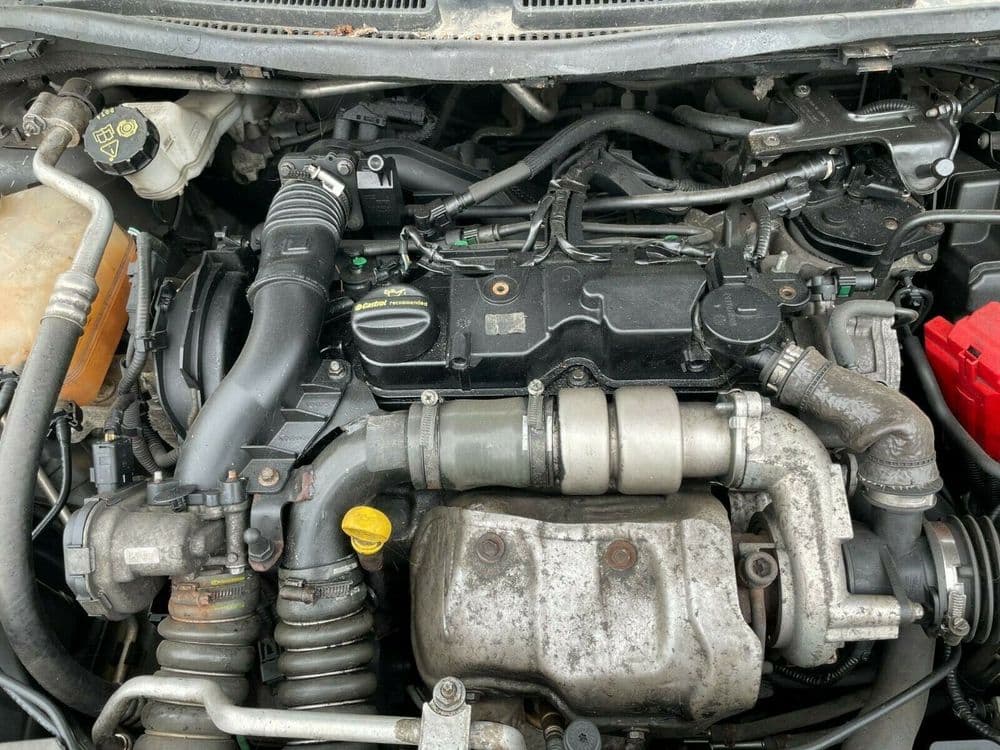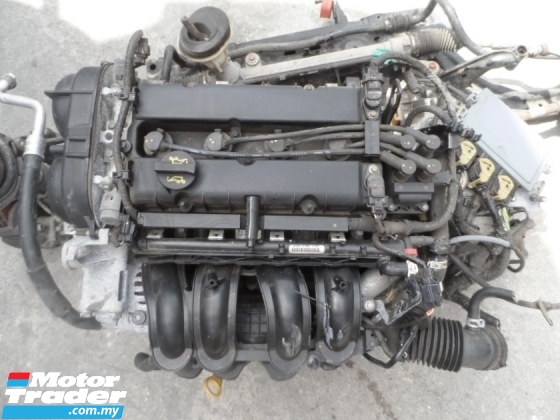Essential Services for Keeping Your Ford Fiesta Engine in Peak Condition
Essential Services for Keeping Your Ford Fiesta Engine in Peak Condition
Blog Article
The Future of Engines: Innovations Driving Lasting Power Solutions
As the auto market navigates the vital shift in the direction of sustainability, the future of engines is significantly defined by groundbreaking innovations. Electric engine advancements, alongside promising advancements in hydrogen fuel cells and biofuels, are reshaping the landscape of power services. The development of hybrid systems even more complicates this evolution, offering both difficulties and opportunities to minimize exhausts efficiently. Coupled with the integration of fabricated intelligence in engine style, these technological strides raise essential inquiries about their lasting feasibility and effect on typical paradigms. What might this mean for the industry and customers alike?
Electric Engine Developments
The evolution of electric engine developments signifies a crucial change in the aerospace and auto industries, driven by the urgent need for lasting alternatives to nonrenewable fuel sources. This shift is characterized by substantial developments in battery modern technology, power electronic devices, and electrical motor style, which collectively boost the performance and performance of electric engines.
Current technologies have actually led to the production of lighter, much more energy-dense batteries, such as lithium-silicon and solid-state batteries, which guarantee longer arrays and much shorter charging times. In addition, enhancements in electric motor effectiveness, such as the use of long-term magnets and progressed cooling down systems, make it possible for electrical engines to operate properly under varying problems. These enhancements not just boost vehicle performance however additionally add to a reduction in general power intake.
Moreover, the integration of innovative software application algorithms has enhanced energy administration in electric cars, permitting for regenerative stopping and predictive billing strategies. As manufacturers increasingly embrace electric propulsion, the aerospace and automotive sectors are seeing a standard change towards greener innovations. This advancement not just satisfies regulatory demands but also lines up with customer choices for eco-friendly transportation remedies, strengthening electric engines as a foundation of future sustainable wheelchair.
Advancements in Biofuels
As the auto and aerospace markets significantly focus on sustainable energy sources, developments in biofuels arise as a corresponding solution to electrical engines. Biofuels, originated from organic products such as plants, waste, and algae, offer an innovative method for decreasing greenhouse gas discharges and dependence on fossil fuels.
Current research has focused on improving the performance and sustainability of biofuel production. Second-generation biofuels utilize non-food feedstocks, decreasing competitors with food supply and minimizing environmental effect. Improvements in synthetic biology have actually enabled the design of microorganisms to create biofuels much more properly, leading to greater returns and reduced manufacturing expenses.
Furthermore, the advancement of drop-in biofuels permits for smooth assimilation right into existing infrastructure, making it possible for a smoother transition for industries typically based on nonrenewable fuel sources. ford fiesta engine. These gas can be used in current engines without alterations, facilitating their adoption across numerous markets
Investments in biofuel innovation, in addition to supportive plans, are important to drive technology and scalability. As the international area seeks to deal with climate change, biofuels use a pragmatic, prompt option that lines up with the overarching goal of sustainability in transport and aviation.
Hydrogen Gas Cell Technology
A growing variety of business and researchers are checking out hydrogen gas cell technology as a sensible option to traditional power resources in transportation and power systems. This innovation converts chemical power from hydrogen into electrical power through an electrochemical reaction, with water as the only result, making it an environmentally friendly alternative.
The core of hydrogen gas cells is the fuel cell stack, where hydrogen particles are divided right into electrons and protons. The circulation of electrons creates electrical power, while protons relocate with a membrane to integrate with oxygen from the air, developing water. This process leads to high efficiency and reduced discharges, placing hydrogen gas cells as a vital gamer in the change to sustainable energy.
Significant improvements have been made in boosting the longevity and effectiveness of gas cells, together with decreasing prices through cutting-edge manufacturing techniques. Furthermore, the development of hydrogen production approaches, such as electrolysis powered by eco-friendly power resources, enhances the sustainability of the overall system. As framework for hydrogen refueling expands and manufacturing techniques end up being extra reliable, hydrogen fuel cell technology holds wonderful promise for decarbonizing various industries, including sturdy transportation and stationary power generation.
Crossbreed Solutions and Their Effect
Crossbreed systems represent a substantial evolution in lasting engine modern technology, merging conventional internal burning engines with electric propulsion to optimize energy efficiency and decrease discharges (ford fiesta engine). This twin method permits cars to make use of both source of power, allowing greater flexibility in energy usage and reducing reliance on nonrenewable fuel sources

In enhancement to ecological advantages, crossbreed systems use customers a viable transition towards totally electrical cars. They relieve range stress and anxiety by integrating the ease of gasoline with the benefits of electric propulsion, making them an eye-catching choice for a larger target market.
The Duty of AI in Engine Layout
Leveraging innovative formulas and device discovering techniques, the auto industry is increasingly incorporating expert system (AI) right into engine layout processes. AI boosts the performance and performance of design by examining large datasets to identify my explanation optimal setups and performance criteria. This capability allows designers to replicate numerous operating problems and anticipate engine behavior under multiple circumstances, dramatically decreasing the time and price related to traditional prototyping approaches.
In addition, AI facilitates the development of advanced materials and combustion procedures customized for sustainability. By maximizing fuel performance and minimizing emissions, AI-driven designs align with international efforts targeted at reducing the carbon footprint of vehicle engines. Artificial intelligence formulas can additionally anticipate upkeep demands, leading to boosted reliability and longevity of engine components.
Furthermore, AI is critical in the integration of electrification modern technologies, such as hybrid systems, where it can optimize battery monitoring and energy recuperation processes. As the sector relocates towards more lasting power services, the duty of AI in engine style becomes increasingly vital, driving innovation and boosting the performance of future engines. Ultimately, the cooperation in between AI and engine layout declares a brand-new era of smarter, cleaner, and extra effective automobile modern technologies.

Verdict
Finally, the future of engines is being formed by a merging of cutting-edge innovations that focus on sustainability. Electric engine innovations, biofuel growths, hydrogen gas cells, and hybrid systems jointly add to a significant decrease in discharges and ecological impact. Additionally, the assimilation of expert system in engine design enhances efficiency and efficiency. These transformative remedies emphasize a commitment to developing a cleaner, more sustainable automotive landscape, inevitably profiting both society and the review environment.
Electric engine developments, together with appealing advancements in hydrogen fuel cells and biofuels, are reshaping the landscape of power options. In addition, enhancements in electric motor efficiency, such as the use of permanent magnets and advanced cooling down systems, you could check here make it possible for electric engines to run properly under varying problems. By optimizing fuel performance and reducing exhausts, AI-driven layouts line up with international campaigns aimed at reducing the carbon footprint of automotive engines. As the market moves towards even more lasting power services, the role of AI in engine design becomes increasingly crucial, driving innovation and improving the efficiency of future engines. Electric engine developments, biofuel growths, hydrogen fuel cells, and crossbreed systems jointly add to a significant decrease in exhausts and ecological effect.
Report this page